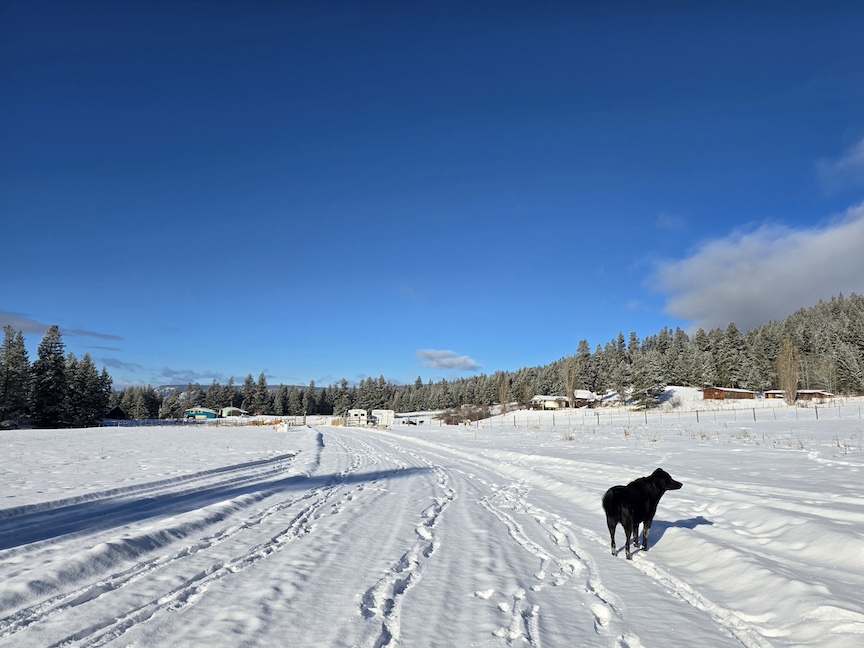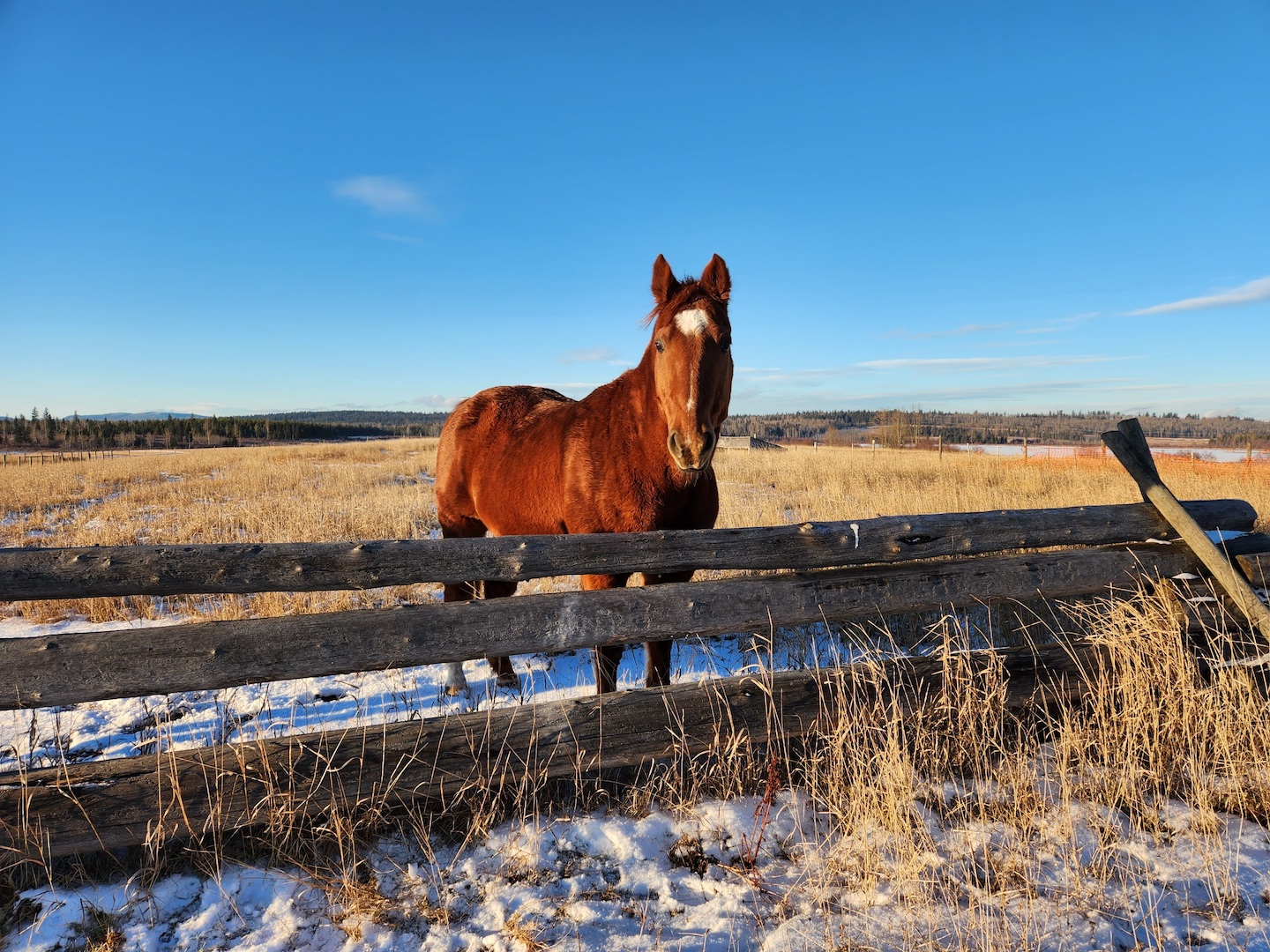Author: Mary Doria Russell
Published: 2011
Mood: If you often find yourself upset that there’s no real Westworld because ever since watching Tombstone you’ve desperately wanted to travel through time to the Old West and hang with Doc Holliday.
To quote a wise woman who says wise things, “Holy mother forking shirtballs!”.
I legit don’t know if I can contain my excitement long enough to write any kind of decent intro here. This book felt like it was meant for me on so many levels.
- It’s about Doc Holliday
- It’s extremely well-written
- Personalities and events are based on research, so it’s kind of like the closest we can get to actually being there
- IT’S ABOUT DOC HOLLIDAY
I’m always hungry for more stories, fact or fiction, about Doc, the Earps, and the revolving door of cowboys, rustlers, gamblers, and gunfighters they encountered. This one leaves every other story in the dust.

Doc tells the story of John Henry Holliday’s youth and his time in Dodge City (the place, not the god-awful movie). It expertly weaves real events and people into a fresh storyline around a fictional mystery. It’s like… historical Western fiction that’s even better because it’s so close to the truth. It’s so f*cking good I can’t stand it.
Author Mary Doria Russell is my new hero of heroes. As a lifelong writer myself, it’s rare that I read any book without at least some criticism, but Doc blew my mind over and over again with its flawlessness. I’d never read Russell’s work before, but you can bet I’m going to obsess over it now.
As a PhD in biological anthropology, former teacher of gross anatomy at a dental university, AND the daughter of a sheriff, she’s beyond qualified to write about the life of Doc Holliday. You can tell that countless hours of research went into each small detail, from the backgrounds of each person to the endless string of musical, literary, and historical references made by the highly educated Mr. Holliday.
Every time Doc and Kate quoted a passage or exchanged words in a foreign language, I was like DAMN. How much time went into finding appropriate works to quote and their translation alone? Then I found out Russell has studied nine languages, and probably knows all of these things off the top of her head. My ability to read basic children’s books in French Canadian and Spanish is no longer brag-worthy.
![]()
Doc introduces you to the young John Henry Holliday, born with almost no chance of survival due to physical challenges. His devoted mother helped him grow up to be brilliantly smart, well-read, and a gifted musician. Unfortunately, he also learned at 21 that he was dying of tuberculosis.
The majority of Doc takes place in Dodge City, well before the infamous incident at the O.K. Corral. This is where Doc met the Earps, and became best friends with Morgan (not Wyatt, as many other stories tell it).
Doc isn’t crazy big on action, but it doesn’t need to be. There are of course fights and killings – it wouldn’t be a story of Doc Holliday and the Earps without that stuff. But there’s plenty of politics, drama, and of course Doc’s heartbreakingly fast-paced decline, all of which make even the quiet moments nail-biters.
What’s extremely cool about Doc is how it seamlessly shifts narratives within each chapter, so that every character gets a chance to be centre stage. There’s this huge cast, and yet the whole book feels deeply intimate. You learn backstories taken directly from biographies, legal records, newspaper articles, and letters, but in a way that dances along as a story – not a monotone history book.
I was fascinated to learn more about Bat Masterson, James and Morgan Earp, and Kate Horony. Kate in particular has a rich history that is often ignored in movies and fiction so she can simply be Doc’s woman. Her part in his choices and actions is huge, and possibly even the catalyst for all of the events in Tombstone.

This book had me staying up hella late, not tired, unable to stop reading. I even read two chapters in a park in the freezing cold, just to squeeze more time with it into my day.
The subtleties that go way beyond a normal work of fiction are astounding, like the chosen typeface – Janson, designed in 1690 by a Hungarian (Kate was Hungarian). There’s a complete list of characters at the start of the book, identifying which are real people and which are fictional. The parts and the chapters are laid out like a game of poker, named for hands and moves.
If you’re not convinced that you should read Doc, I don’t know what to tell you… other than that we could never have drinks because I’ll still be raving about this book.


